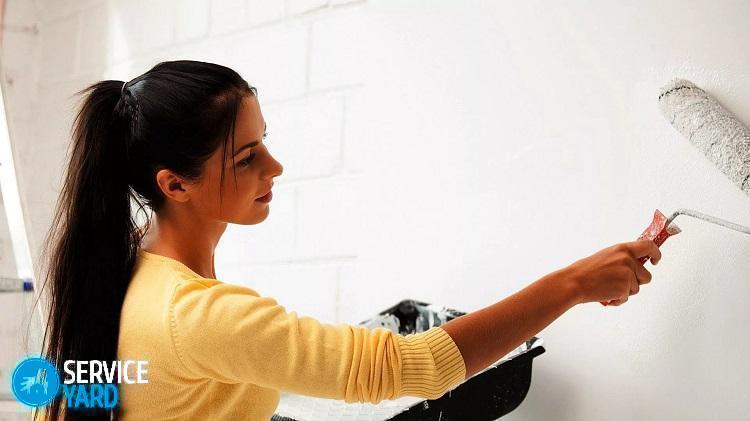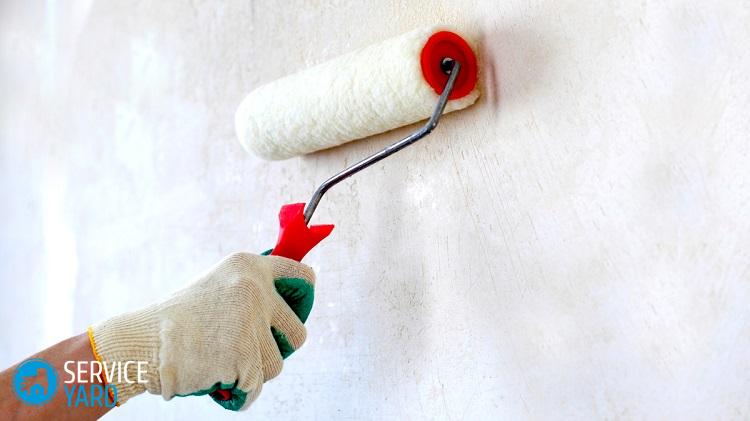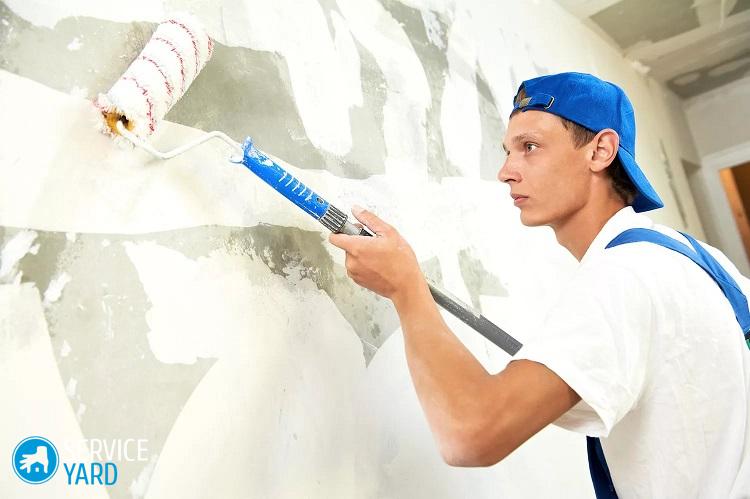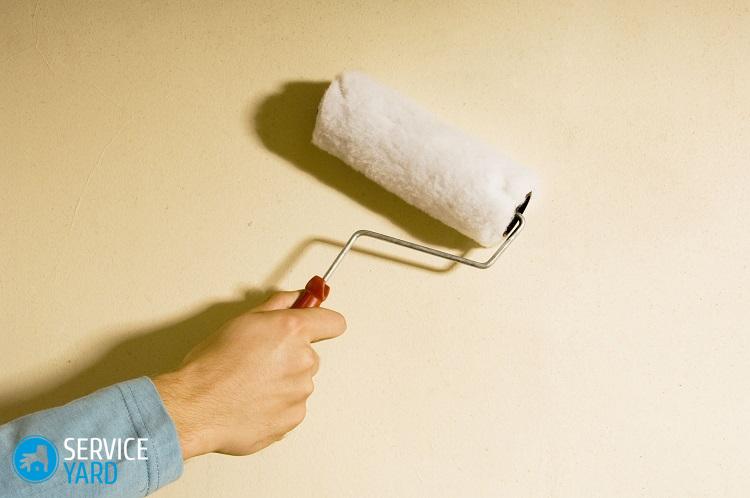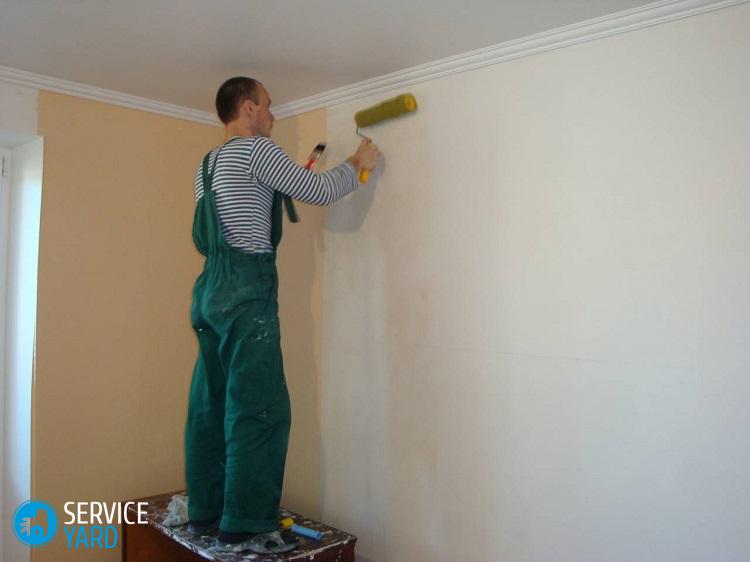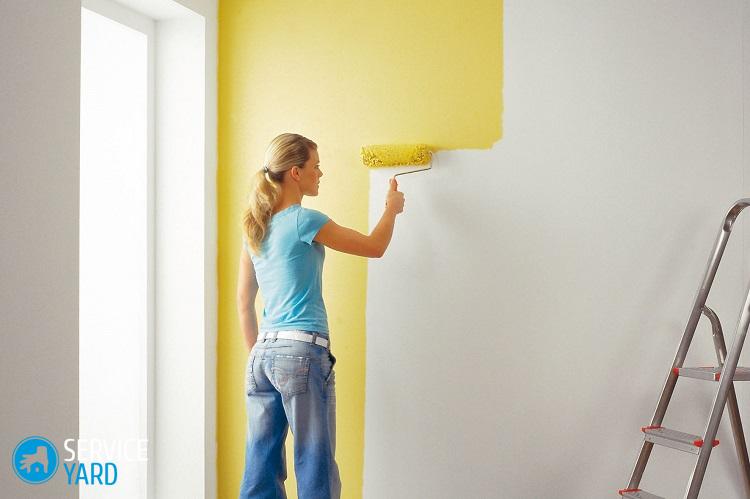Epoxy primer
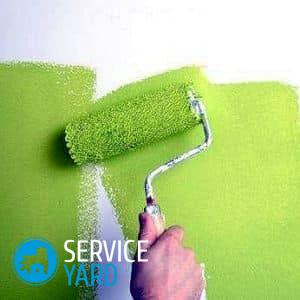
Epoxy primer is one of the best options for primers to prepare for the finishing of concrete substrates. The use of such a soil makes it possible to achieve significant strengthening of the concrete base, however, such a mixture is suitable for other types of surfaces: it will eliminate roughness, cracks and roughnesses on wooden, plaster and gypsum substrates. There are also epoxy primers for metal - what is this material, what is it for and what properties does it have? In this article we will talk about epoxy primers.
to contents ↑Epoxy Concrete Primer
Epoxy compounds for concrete are divided into two main types:
- One-component - can be used on various types of surfaces, including substrates with poor absorption. When preparing them, no problems arise - the soil is sold in construction stores ready-made. Before surface treatment it only needs to be mixed.
- Two-component - more often used for priming concrete surfaces on which bulk floors will be made in the future. Before work, the soil will need to be prepared by mixing two components - the base base and hardener.
Specifications
From the technical characteristics of epoxy compositions for concrete, the following can be distinguished:
- Excellent adhesion, which allows you to prepare different types of substrates for subsequent finishing. The base can be made of bricks, ceramics, wood, concrete.
- High moisture protection. This property is especially relevant when working with wood. Due to this quality of soil, you can refuse to buy special impregnations for wooden substrates, thereby reducing costs.
- Fire safety. When working with the composition, you can not be afraid that ignition of the surface will occur.
- The coating is very durable and resistant to wear and tear.
- Epoxy primer has a deep penetrating ability, which perfectly strengthens the base from the inside. Using the solution, you can get a high-quality finish and not be afraid that the finish coating will peel off or crack.
Important! The epoxy-based primer dries up a day after application, however, it is important to know that it is strictly forbidden to use it on wet surfaces, otherwise there is a risk of deterioration of the adhesive properties of the mixture.
Application Recommendations
The process of applying an epoxy primer to the substrate will consist of the following steps:
- Preliminary preparation of the basics. The base must be cleaned of any greasy and oily stains, traces of substances of various kinds. If there is such a need, the base can be washed, but in this case, before the start of the process, the soil will have to completely dry.
- The technology for preparing the epoxy to work will depend on what type of material was purchased. One-component species just need to be mixed thoroughly. But for a two-component soil, another preparation procedure is provided for - you need to open the package with the epoxy component and mix it with the hardener.
Important! The proportions of the composition are given by the manufacturer in the instructions for use. You can’t increase or decrease them at will. Otherwise, the soil may lose useful properties.
- The components of the primer must be mixed using a mechanical stirrer until a homogeneous consistency is obtained, which should be used immediately.
- An epoxy primer can be applied using different tools - instructions on what type of tools are best used can be found in the instructions for a specific type of solution. As a rule, manufacturers recommend distributing soil over the surface with rollers, graters, spatulas, spray guns.
- Next, the material must be poured into the base with a thin layer and carefully distributed using the tool recommended by the manufacturer.
Important! Work with epoxy based primers quickly, trying to avoid puddles in the process.
- Two-component compositions quickly set, therefore, after their preparation, the soil should be applied to the substrate very quickly - in about 20 minutes. That is why it is undesirable to prepare a solution in large volumes.
- High temperature can negatively affect the useful characteristics of the primer mixture, therefore, in hot weather, the solution should always be prepared in a small amount, which is necessary to perform a specific stage of work.
to contents ↑Important! It will harden the soil for about 24 hours. Information on the admissibility of walking on the made coating should be clarified in the instructions for use for a particular brand of material.
Epoxy primer for metal
Like any other metal primers, this material is an anti-corrosion agent. It is made on the basis of epoxy resin and incorporates components that do not interfere with the development of corrosive processes - these are zinc and phosphoric acid.
Important! As a rule, the coating is in the form of a two-component composition. However, aerosols are also found that must be shaken before use - they are often used to treat small areas.
Advantages:
- Absolute hydrophobicity. The film obtained with this primer is an excellent protection against moisture.
- Strength. It is able to withstand even strong shocks and significant mechanical stress.
- Weather resistant. The material is not afraid of frost and exposure to sunlight.
- Excellent adhesion. After solidification, the composition does not exfoliate.
- Reliable corrosion protection. In addition to epoxy resin, this primer contains chemicals that protect the metal from corrosion.
Disadvantages:
- It freezes for a long time. Under normal conditions, each coat should dry for at least 12 hours.
- It can not be used for forced drying - it can lead to uneven polymerization of the coating and the appearance of bubbles.
Application
Epoxy primer for metal is used as an anti-corrosion agent for such materials:
- Steel.
- Galvanizing.
- Light alloys.
- Polyester putties.
Important! This material was especially popular among motorists, as it has proven itself in the repair of bodies. It is worth noting that the epoxy primer in the can has the same purpose, since, in fact, the mixtures do not differ in composition.
Of course, all beginners are interested in the question, is it possible to apply paint on top of epoxy primer? We note right away that this material is not compatible with all coatings. It can not be painted with such paints:
- Alkyd (including those combined with polyurethane or acrylic).
- Polyvinyl chloride and others like them.
Important! Among motorists, putty is usually put on this soil. Moreover, as a rule, acrylic putties are used.
Application technology
The technology for applying an epoxy primer for metal is as follows:
- Surface preparation. At this point, rust must be removed and the surface degreased. For degreasing, you can use a special degreaser for metal surfaces.
- Cooking composition.If the primer is purchased as a spray, then you just need to shake it thoroughly. In the event that there is two-component soil, then it must be mixed in a ratio of 1: 4 (be sure to look at the instructions on the package).
Important! If you work with a spray gun, then after mixing the components in the resulting composition, you can add a special solvent such as “Solvent”, which will make the primer more liquid.
- Padding. It is best to apply this primer with a brush or spray gun. After the first layer has dried, the second is applied, and then the third. The finish coat must be carefully sanded.
to contents ↑Important! If the paint will be applied over the putty, and not the primer, then the last layer can not be sanded.
Stock footage
Thus, we found out what an epoxy primer is.how to work with her correctly. Adhering to our tips and tricks for working with this material, you will definitely get a quality result.
- How to choose a vacuum cleaner taking into account the characteristics of the house and coatings?
- What to look for when choosing a water delivery
- How to quickly create comfort at home - tips for housewives
- How to choose the perfect TV - useful tips
- What to look for when choosing blinds
- What should be running shoes?
- What useful things can you buy in a hardware store
- Iphone 11 pro max review
- Than iPhone is better than Android smartphones



